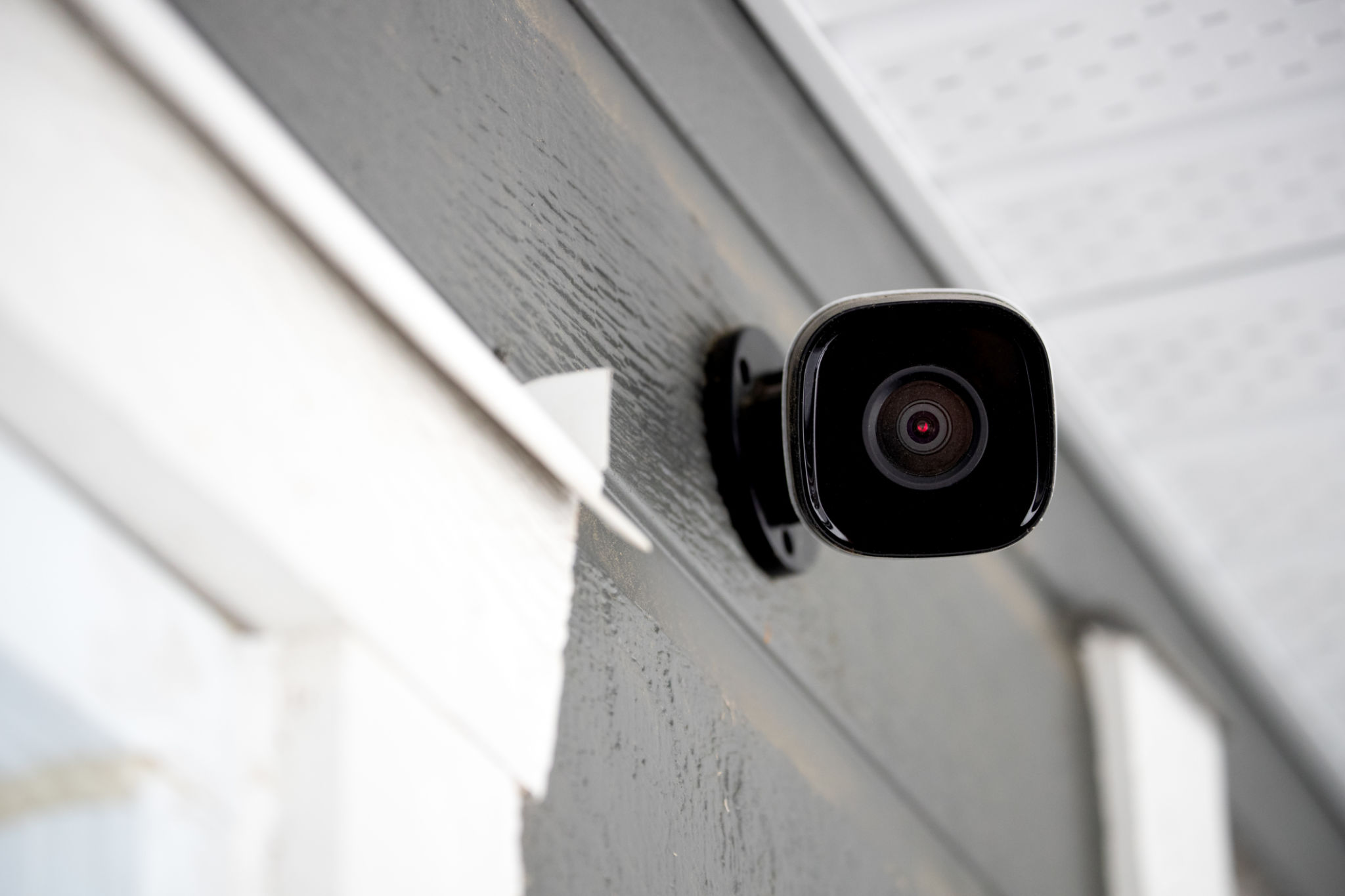DIY CCTV Installation: What Bangalore Homeowners Need to Know
Understanding the Basics of DIY CCTV Installation
In recent years, the demand for home security systems has grown significantly in Bangalore. With an increase in awareness about personal security, many homeowners are considering installing CCTV systems themselves. DIY CCTV installation can be a cost-effective way to enhance your home's security, but it requires a good understanding of the basics.

Before diving into installation, it's crucial to familiarize yourself with the different components of a CCTV system. A basic setup typically includes cameras, a digital video recorder (DVR) or network video recorder (NVR), cables, and a monitor. Each component plays a vital role in ensuring the system functions effectively.
Choosing the Right Equipment
Choosing the right CCTV equipment is essential for effective surveillance. Begin by assessing your specific security needs. Determine the areas you want to monitor and whether you require indoor or outdoor cameras. For outdoor settings, ensure the cameras are weather-resistant and have night vision capabilities.
Next, consider the resolution of the cameras. Higher resolution cameras provide clearer images, which can be crucial in identifying intruders. Additionally, decide between wired and wireless systems based on your property's layout and your technical comfort level.

Steps for DIY CCTV Installation
Once you have your equipment, it's time to start the installation process. Here is a step-by-step guide to help you through:
- Plan Your Layout: Identify the key areas that need surveillance and map out where each camera will be placed.
- Mount the Cameras: Install the cameras at strategic points, ensuring they cover all necessary angles. Use mounting brackets for firm placement.
- Run Cables: If using wired cameras, carefully run cables from each camera to the DVR or NVR. Conceal cables wherever possible to prevent tampering.
- Connect to Power: Ensure all cameras are connected to a power source. For wireless systems, check battery levels regularly.
- Configure Your System: Set up your DVR or NVR by following the manufacturer’s instructions. Connect it to a monitor and test each camera feed.
Troubleshooting Common Issues
During installation, you might encounter some common issues. Poor video quality could be due to incorrect camera settings or obstructions in the camera’s view. Ensure lenses are clean and unobstructed for optimal performance.
If a camera isn’t displaying any footage, check all connections and ensure power is supplied. For wireless systems, verify that cameras are within range of the network and that there is no interference affecting the signal.

Maximizing Your CCTV System's Effectiveness
To get the most out of your CCTV system, regular maintenance is key. Clean camera lenses periodically to avoid dirt buildup that can compromise image quality. Review recordings occasionally to ensure all cameras are functioning correctly and adjust any misaligned cameras.
Additionally, consider integrating your CCTV system with other smart home technologies for enhanced security. Many modern systems offer mobile app integration, allowing you to monitor your property remotely.
The Benefits and Limitations of DIY Installation
DIY installation can significantly reduce costs and give you greater control over your home security system. However, it also demands time and a certain level of technical skill. For those unfamiliar with handling electronics or network configurations, professional installation might be a safer choice.
Ultimately, whether you choose DIY or professional installation, ensuring your home is secure should be the top priority for every Bangalore homeowner.

